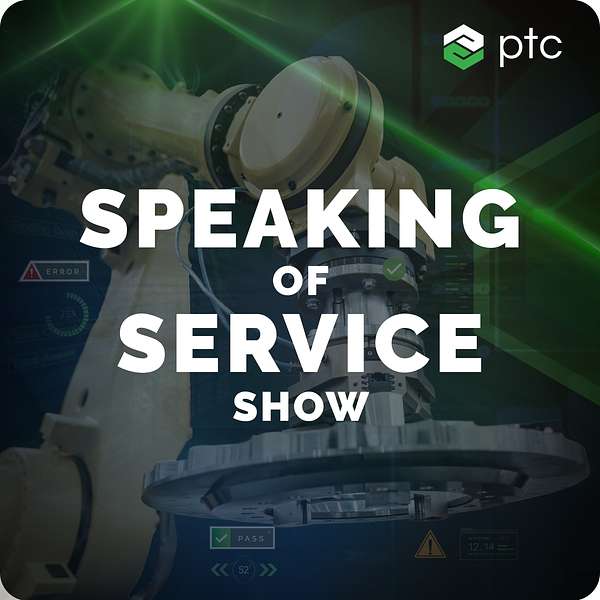
Speaking of Service
Speaking of Service uncovers practical ways to grow service revenue, control costs, and improve customer satisfaction. If you’re looking to innovate, gain a competitive edge, or just learn about the latest service trends, you’ve come to the right place! Also check: www.ptc.com/speakingofservice
Speaking of Service
Field Service Organization Contributes to Sustainability Efforts Long Before it was Cool!
Discover More about the Importance of Sustainable Maintenance
Field Service organizations have been contributing to sustainability efforts long before sustainability was cool. Remot asset monitoring is not a new concept for Field Service organizations, as it allows them to avoid a truck roll by resolving issues remotely and effectively monitoring assets. This approach can help reduce costs and improve the first-time fix rate, ultimately extending asset lifetimes. What is new is the view on how teams on the ground make better decisions to improve service and support greater sustainability efforts. In this episode Aly Pinder; Research Vice President, WW Aftermarket Services Strategies, IDC, speaks with Chris Wolff on his thoughts around sustainability, how it supports the field service world and drives value to the customer.